
‘Westworld’ is a show filled with intricate details, but it’s not without its flaws. Upon closer inspection, you’ll notice some inconsistencies – things like props changing, events not quite matching up in time, or the park’s rules seeming to shift. These aren’t minor complaints about the show’s overall idea, but actual errors in the details of the setting and how things work. Here are ten of the most noticeable mistakes you might catch when watching the show again.
The park’s travel times don’t add up

Travel times within the park are inconsistent. Characters can quickly journey long distances, but the return trip often takes much longer, even if it’s a shorter distance. While conversations suggest some places are days apart, the story often shows characters arriving in just an afternoon without explanation. This fluctuating sense of time makes the park feel like it changes size depending on the scene and contradicts established rules about how long trips and the main storyline should take.
Bullet effects on guests change between scenes

The show establishes that the host’s weapons aren’t meant to seriously injure guests, only causing impacts that don’t break the skin. However, almost identical hits sometimes result in drastically different outcomes – ranging from no visible effect to bruising or even torn clothing that looks like a penetrating wound. The show never explains any change to the weapon’s safety features, meaning the way guns affect guests seems inconsistent, even in similar situations.
Dolores and the “can’t fire a gun” rule is applied inconsistently
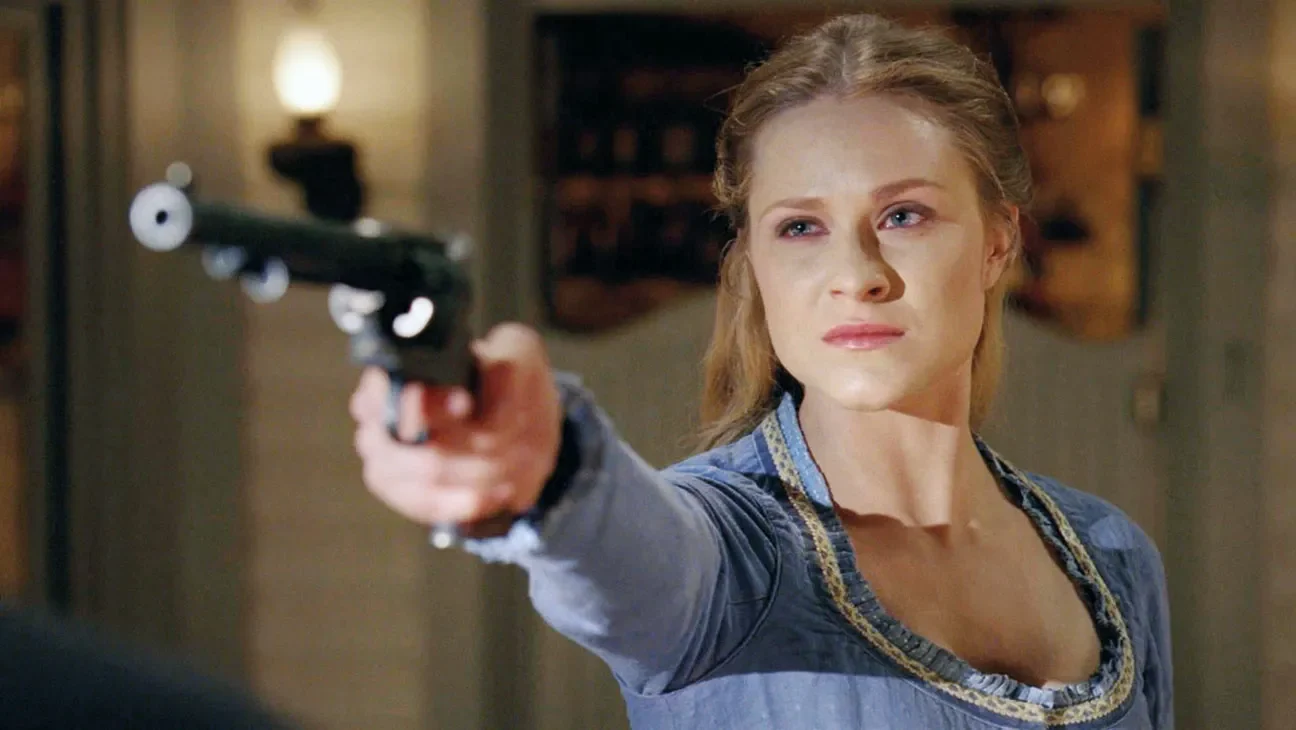
Initially, Dolores is programmed to be unable to use guns until specific events happen. But the show depicts her handling weapons even when those triggering events haven’t occurred, seemingly bending the rules. One episode presents the restriction as firm and unbreakable, while another shows it being easily bypassed. This inconsistency makes it unclear how the hosts’ programming is actually supposed to work.
Host language comprehension exceeds their programmed vocabulary without explanation
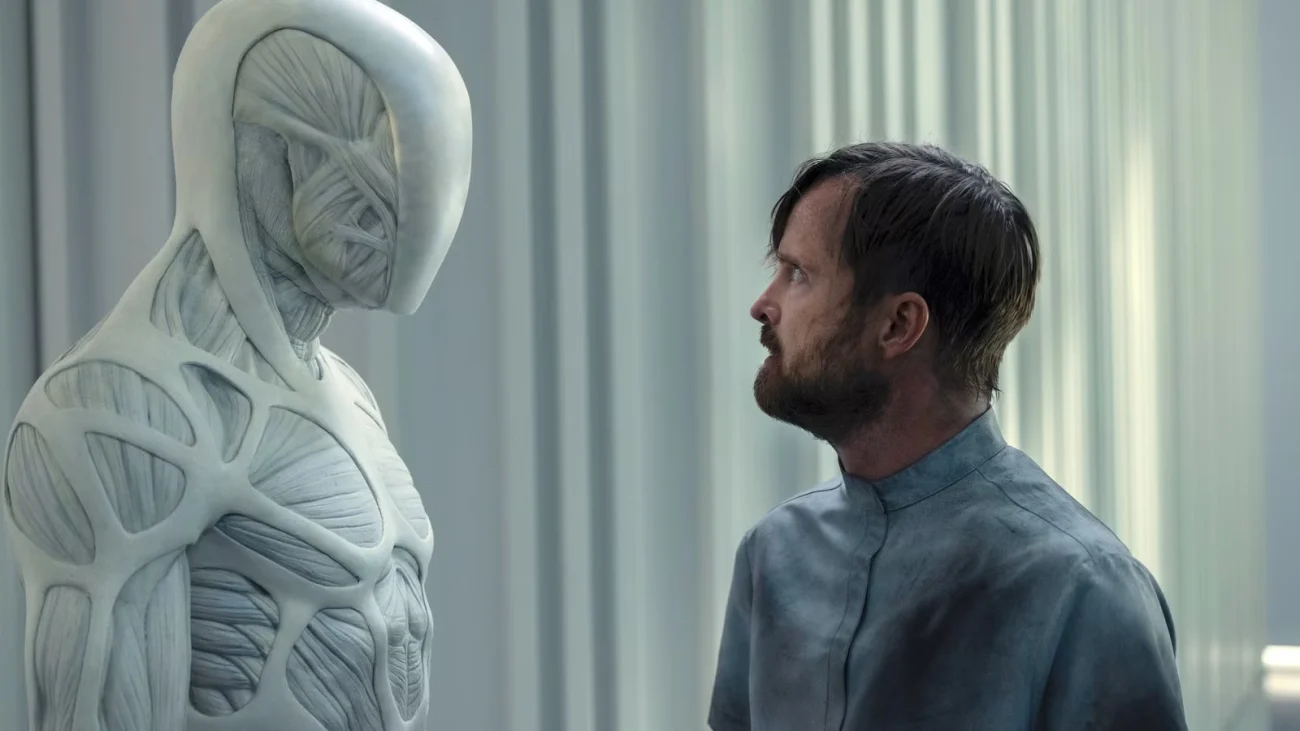
These AI assistants generally operate using pre-programmed vocabulary and patterns, answering questions within specific areas. However, they occasionally understand current slang, technical terms, or unexpected phrases, even before receiving updates. At other times, the same language confuses them, as expected. This inconsistent understanding makes it seem like their limitations depend on the specific conversation, rather than being fixed restrictions of the system itself.
Behavior-tablet sliders produce instant changes… except when they don’t

The show’s tech team can instantly change a character’s personality traits – like how aggressive or loyal they are – using on-screen controls. However, in other storylines, even simple changes require lengthy diagnostics, software updates, or putting characters into a sort of ‘reset’ mode, even for traits they’ve adjusted on the fly before. There’s no clear reason given for this difference in how things work, making the technology seem unreliable and inconsistent from one episode to the next.
Maeve’s shutdown resistance breaks protocols that are later shown to hold

Commands issued in the lab can immediately stop or freeze the hosts, no matter what’s happening. We see this happen repeatedly. When Maeve first becomes aware, she’s able to fight off or ignore these commands in a way the facility’s system shouldn’t allow, unless something else changed alongside it. However, other hosts who wake up later are still affected by the commands, showing no similar ability to resist. This inconsistency makes the facility’s security seem deliberately flawed or selectively weakened.
Security response times swing wildly for similar incidents
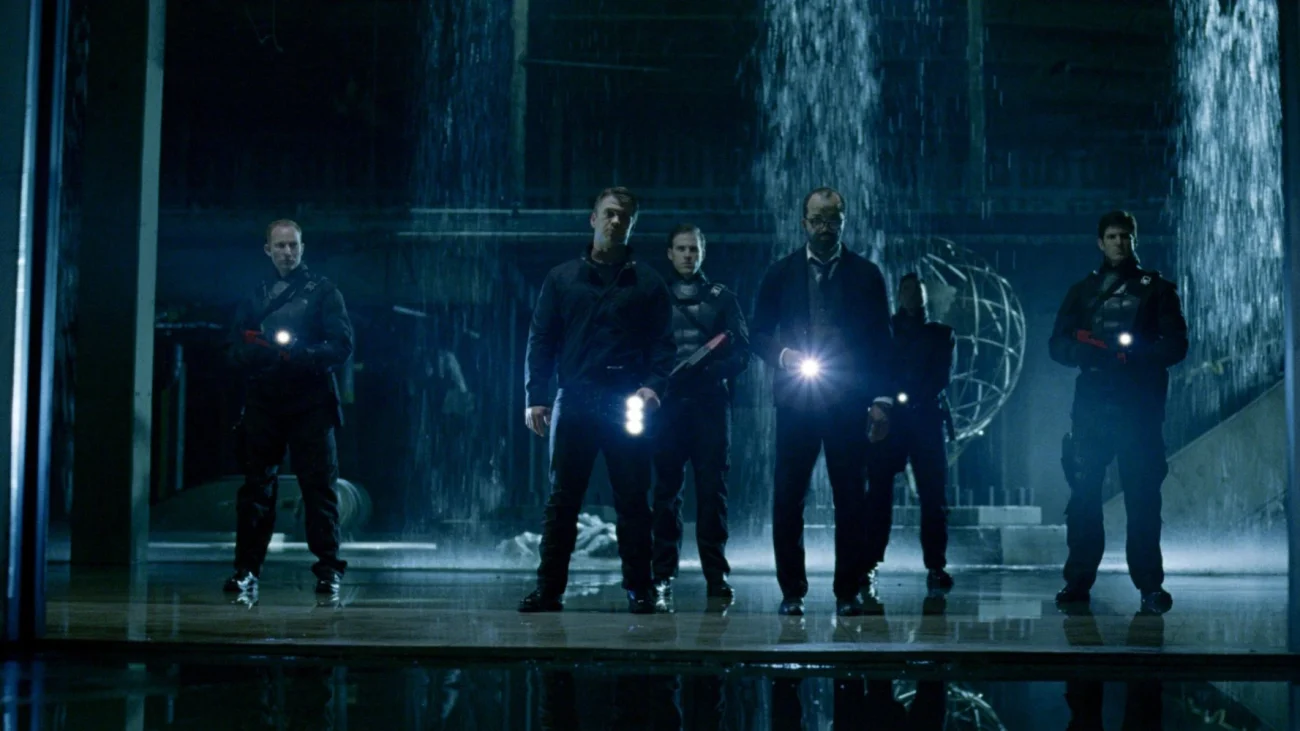
The show features a control center that closely monitors systems and quickly sends out response teams. However, significant security breaches and dangerous events often go unnoticed for a surprisingly long time, while similar, less serious alerts are addressed immediately. The explanation isn’t a technical problem like a network outage or data overload. This inconsistency damages the believability of a facility that’s supposedly aware of and records everything happening within it.
Prop and set continuity drifts within the same scenes
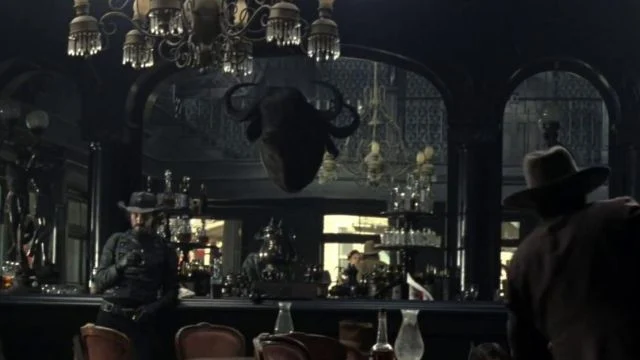
Sometimes, details in a scene don’t quite match up from one shot to the next. You might notice a character’s clothes are suddenly different, with changes like bloodstains appearing or disappearing, or fabric getting torn and then fixed. Objects on tables – glasses, cards, bottles – can also seem to move on their own. Even things hanging on the wall or small decorations might shift position between shots, creating a noticeable break in how the space looks. Once you start paying attention, these little mistakes are fairly easy to spot.
Park cartography and wayfinding graphics contradict earlier layouts

The park’s maps and control room displays show train locations, area boundaries, and routes. However, later scenes depict these areas changing shape, borders moving, or trains going where they weren’t supposed to, all without explanation. Signs and landmarks also seem to shift distances from familiar locations. This creates a visual effect where the park quietly rearranges itself, with no story-based reason for the changes.
Data-smuggling tech works at implausible ranges compared to later uplinks
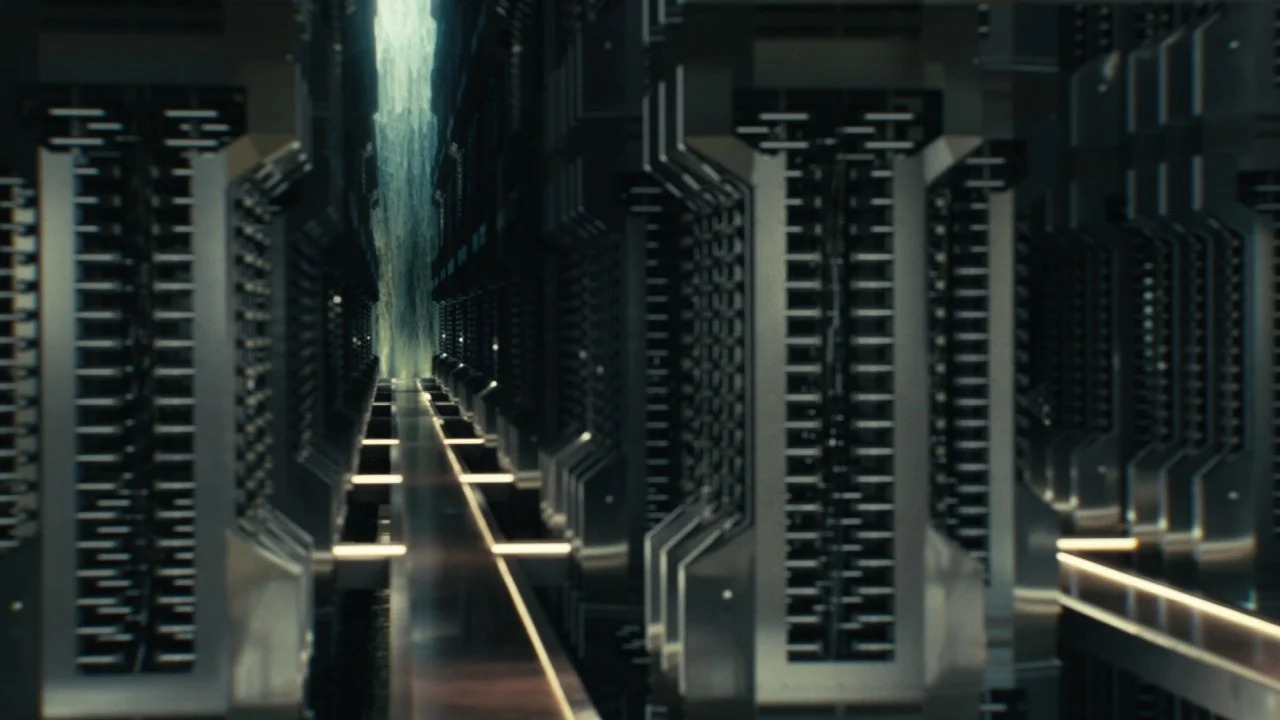
A secret connection successfully sent park information out from within enemy lines using a small transmitter. Later attempts at similar data transfers showed much shorter ranges, needing precise locations or bigger equipment to work. The story doesn’t explain why the equipment seems different, creating an inconsistency in how wireless communication is shown throughout the operation.
Let us know what mistakes or inconsistencies in ‘Westworld’ you spotted first, and feel free to share any others you’ve found in the comments below.
Read More
- EUR TRY PREDICTION
- UPS’s Descent in 2025: A Tale of Lost Glory
- USD PHP PREDICTION
- Arm Holdings: The AI Chip Whisperer?
- Silver Rate Forecast
- Oracle’s Algorithmic Odyssey and the TikTok Tempest
- Download Minecraft Bedrock 1.23 free mobile: MCPE 2026
- The Reshoring Chronicles: Tariffs, Warehouses, and Digital Melancholy
- AI Investing Through Dan Ives’ Lens: A Revolutionary ETF
- Most Famous Francises in the World
2025-11-12 21:46